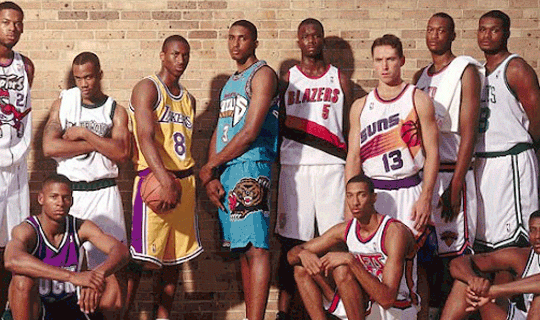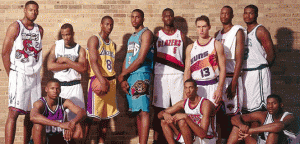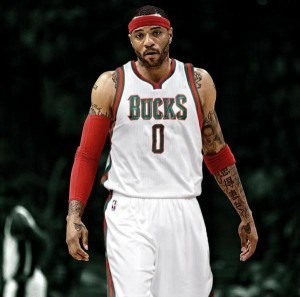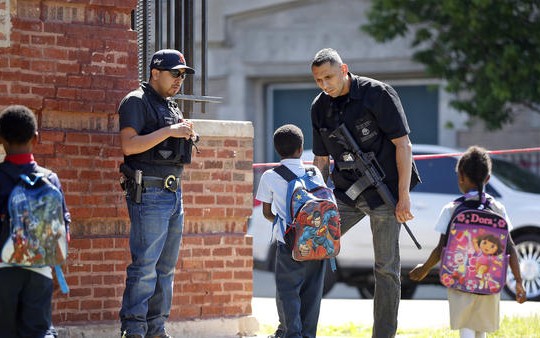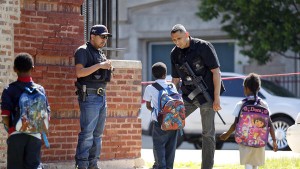Nearly twenty years ago I was sitting in the same position as many students in this room are tonight. One the one hand I was eagerly looking forward to what was to be my senior year in college. I had just spent a wonderful summer as a research associate at NYU where I met a friend who many of you may know as professor Neil Roberts. On the other hand, I was haunted by unfolding details of a gruesome police brutality incident that took place in August of that year.
On August 9, 1997 a Haitian immigrant named Abner Louima was beaten and sodomized with the end of a broom handle after being arrested outside a Brooklyn nightclub. The incident shook New York’s Haitian community, particularly those of my parents’ generation who had fled Haiti in part to escape similar forms of brutality from the island’s nefarious ton ton macoute militia.
As I arrived on campus that year, Louima’s beating was a recurring topic of conversation among my classmates, members of our campuses BSU, Haitian Club, and Caribbean Student Association. In Louima’s assault we had discovered a common ground, one that was pivotal for a lot of the organizing we did together that year.
It was also a clarion call for provocative dialogue with my professors and I as we interrogated the chilling connections between police brutality in the United States and neo-colonial oppression in Africa and the Caribbean, and of course the painful history state violence inflicted upon African Americans in the United States. To say these conversations have stayed with me ever since would be an understatement.
When I set down to write my opening remarks I stumbled upon a connection between Abner Louima’s assault and Mike Brown’s murder that I had not expected. Both occurred on August 9th. That connection was startling enough.
Digging a little deeper, I realized that Louima’s was only one of many police brutality incidents that would galvanize a campus community with which I was affiliated. There was Amadou Diallo’s murder when I was at Yale and murders of first Sean Bell then Oscar Grant murder when I was on faculty at Eugene Lang. I know that I speak for all the educators in this room when I say we will gladly stop having panels like tonight when these atrocities stop happening.
However, since they likely won’t stop tonight, tomorrow, or sadly maybe even by the end of your tenures here at Williams, be that this December or spring 2018, it is our fiduciary responsibility to invoke the dialogue. And it is in this spirit that we are gathered this evening.
